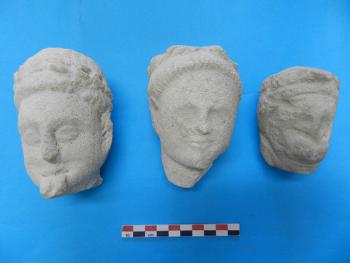American Journal of Archaeology | The Journal of the Archaeological Institute of America
You are here
Sacred Landscapes and the Territoriality of Iron Age Cypriot Polities: The Applicability of GIS
October 2018 (122.4)
Sacred Landscapes and the Territoriality of Iron Age Cypriot Polities: The Applicability of GIS
This article contributes to the ongoing debate on the relationship between sanctuaries and the territoriality of the Iron Age polities of Cyprus. The sanctuary site of Vavla-Kapsalaes is used as a case study to test hypotheses regarding the connection between extra-urban sacred space and the formation of political and cultural identities. A combination of archaeological and geographic data is implemented in geographic information system (GIS) analyses in order to contextualize this sanctuary in its political, economic, cultural, and symbolic landscapes. Beyond the discipline of Cypriot archaeology, this contribution is of significance to Mediterranean archaeology more broadly since it deals with landscape archaeology and the application of GIS approaches to trace both site catchments and networks. In addition, use of the concepts and approaches of landscape archaeology reveals the diachronic significance of religious sites in changing political environments in the ancient Mediterranean.
Sacred Landscapes and the Territoriality of Iron Age Cypriot Polities: The Applicability of GIS
By Giorgos Papantoniou and Niki Kyriakou
American Journal of Archaeology Vol. 122, No. 4 (October 2018), pp. 541–577
DOI: 10.3764/aja.122.4.0541
© 2018 Archaeological Institute of America


